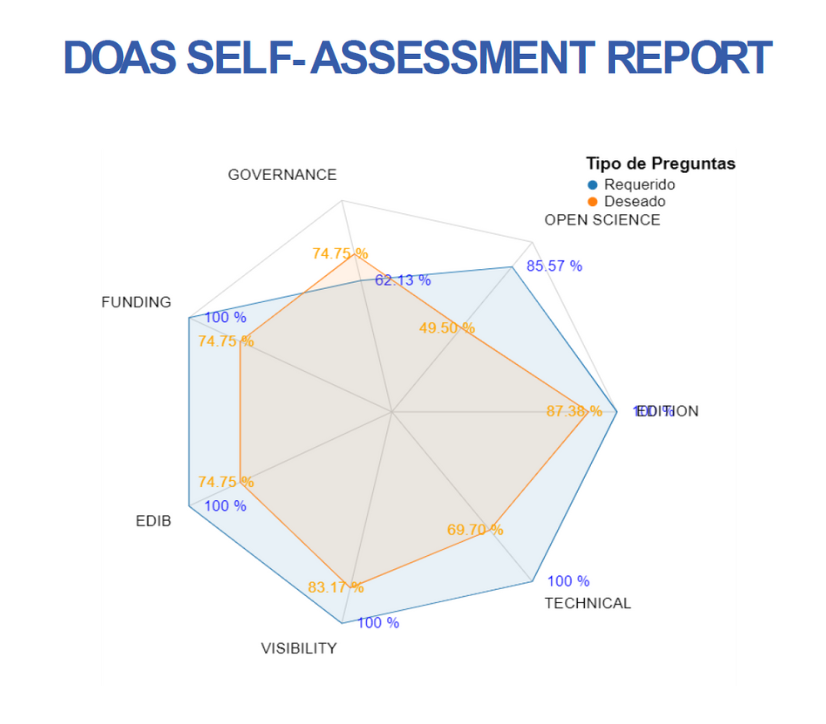Private education, public education and social mobility
Abstract
One of the ways we have to measure the efficiency of the different kinds of education is the social mobility they cause in their students. The two kinds of education taken into account, public and private, have the same proportion of social heritage. An interesting difference has been noticed: students from a lower social background who attended private schools have more possibilities of social promotion (improvement) than those who attended public schools.
This difference has been explained in different ways: private schools manage to make their students more independent from their social background; private school students are more heterogeneous from a social point of view; the accumulated relational capital and, finally, private schools organizational culture, which encourages students to continue their education, is also higher than public schools. The Encuesta de Calidad de Vida en el trabajo (Survey on the Quality of Life at Work), carried out by the Ministry of Labour and Social Security in 1999, was used both to measure social mobility depending on the kind of education and to validate the four hypothesis mentioned above.
Key words: private education, public education, social mobility.- Keywords:
- private education
- Public education
Citación recomendada | Recommended citation
Arribas, R. G.
(2001)
.
Private education, public education and social mobility.
Revista Española de Pedagogía, 59(220).
https://www.revistadepedagogia.org/rep/vol59/iss220/15
Licencia Creative Commons | Creative Commons License
Esta obra está bajo una licencia internacional Creative Commons Atribución-NoComercial 4.0.
This work is licensed under a Creative Commons Attribution-NonCommercial 4.0 International License








